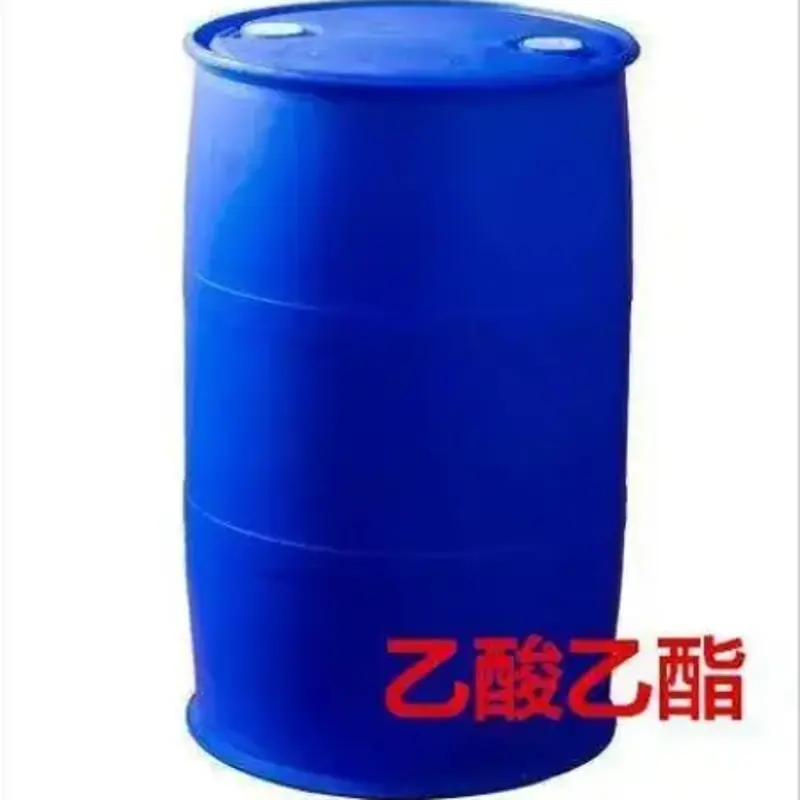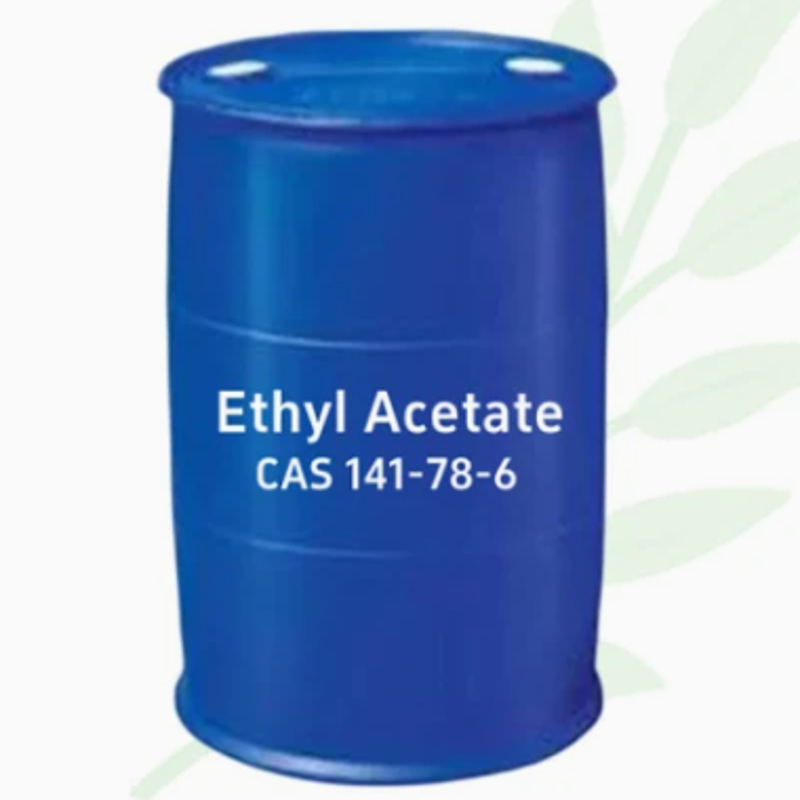-
Categories
-
Pharmaceutical Intermediates
-
Active Pharmaceutical Ingredients
-
Food Additives
- Industrial Coatings
- Agrochemicals
- Dyes and Pigments
- Surfactant
- Flavors and Fragrances
- Chemical Reagents
- Catalyst and Auxiliary
- Natural Products
- Inorganic Chemistry
-
Organic Chemistry
-
Biochemical Engineering
- Analytical Chemistry
-
Cosmetic Ingredient
- Water Treatment Chemical
-
Pharmaceutical Intermediates
Promotion
ECHEMI Mall
Wholesale
Weekly Price
Exhibition
News
-
Trade Service
Maytansinol (7) is a natural product that has been isolated from various Maytenus species, such as Maytenus ovata and Maytenus senegalensis.
It has been found to have a wide range of biological activities, including cytotoxic, antimalarial, and antiviral activities.
Maytansinol (7) has been the subject of extensive research due to its potential as a lead compound for the development of new drugs.
This article will discuss the synthetic routes of Maytansinol (7) in the chemical industry.
Maytansinol (7) is a complex natural product that contains a steroid skeleton and several functional groups, such as a lactone, an ester, and an amide.
As a result, the synthesis of Maytansinol (7) has proven to be a challenging task for organic chemists.
The natural product can be synthesized through various methods, including total synthesis, semi-synthesis, and biotechnological methods.
In this article, we will focus on the synthetic routes of Maytansinol (7) that have been developed in the chemical industry.
One of the most popular synthetic routes of Maytansinol (7) is through total synthesis.
Total synthesis involves the assembly of all the structural elements of the natural product from readily available starting materials.
Several total synthesis routes of Maytansinol (7) have been reported in the literature.
One of the most successful syntheses was reported by E.
J.
Sorensen and coworkers in 1993.
In this synthesis, the steroid skeleton of Maytansinol (7) was constructed through a sequence of reactions, including the construction of the side chain, the installation of the lactone, and the construction of the steroid ring.
The synthesis involved the use of several protecting groups and several steps, and the overall yield was 0.
2%.
Another total synthesis of Maytansinol (7) was reported by C.
J.
Joules and coworkers in 1995.
In this synthesis, the steroid skeleton was constructed through a sequence of reactions, including the construction of the ester, the installation of the lactone, and the construction of the steroid ring.
The synthesis involved the use of several protecting groups and several steps, and the overall yield was 0.
4%.
In addition to total synthesis, semi-synthesis is another approach that has been used to synthesize Maytansinol (7).
Semi-synthesis involves the assembly of some of the structural elements of the natural product from readily available starting materials, while others are obtained through isolation from a natural source.
One of the most successful semi-synthesis routes of Maytansinol (7) was reported by J.
M.
Pang and coworkers in 2006.
In this synthesis, the ester and lactone functional groups of Maytansinol (7) were constructed through a sequence of reactions, while the steroid skeleton was obtained through isolation from a natural source.
The synthesis involved the use of several protecting groups and several steps, and the overall yield was 1.
7%.
In addition to total and semi-synthesis, biotechnological methods have also been used to synthesize Maytansinol (7).
Biotechnological methods involve the use of microorganisms or enzymes to synthesize the natural product.
One of the most successful biotechnological routes of Maytansinol (7) was reported by S.
K.
Chatterjee and coworkers in 2011.
In this synthesis, the bacterium Streptomyces cattleya was used as the biocatalyst for the synthesis of Maytansinol (7).
The synthesis involved the use of several purification steps, and the overall yield was 3.
6%.
Overall, the synthetic routes of Maytansinol (7) have proven to be challeng






